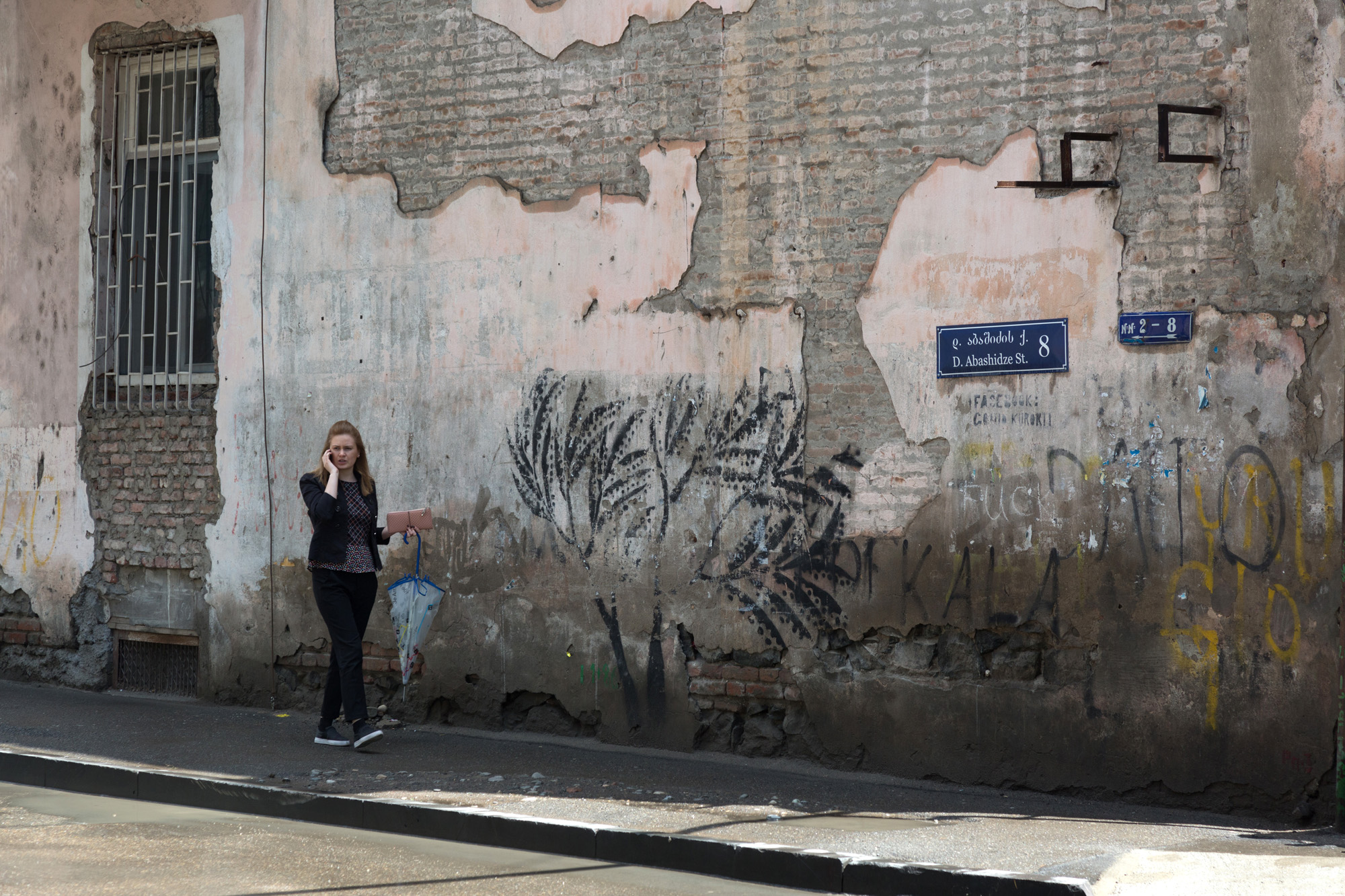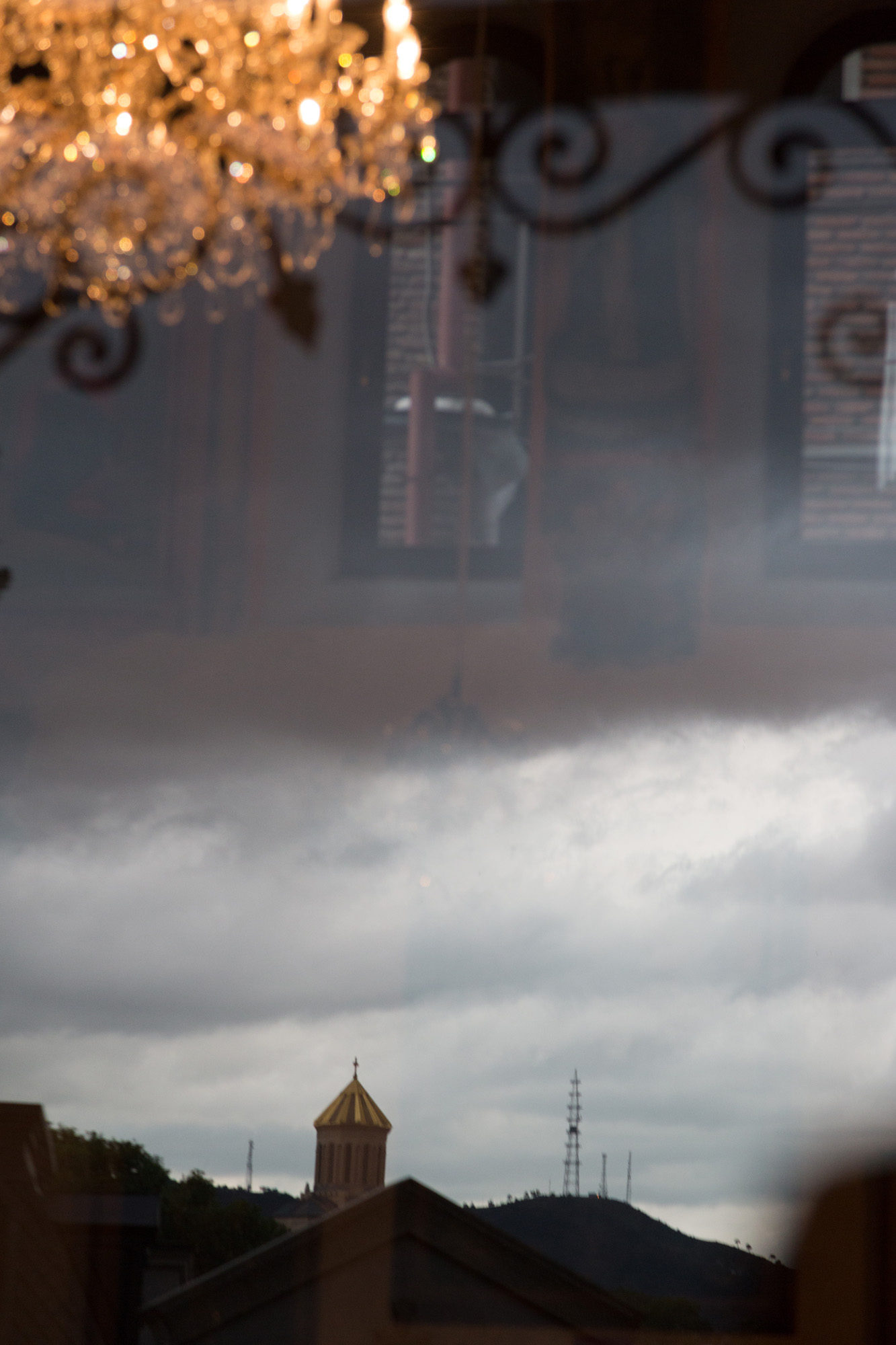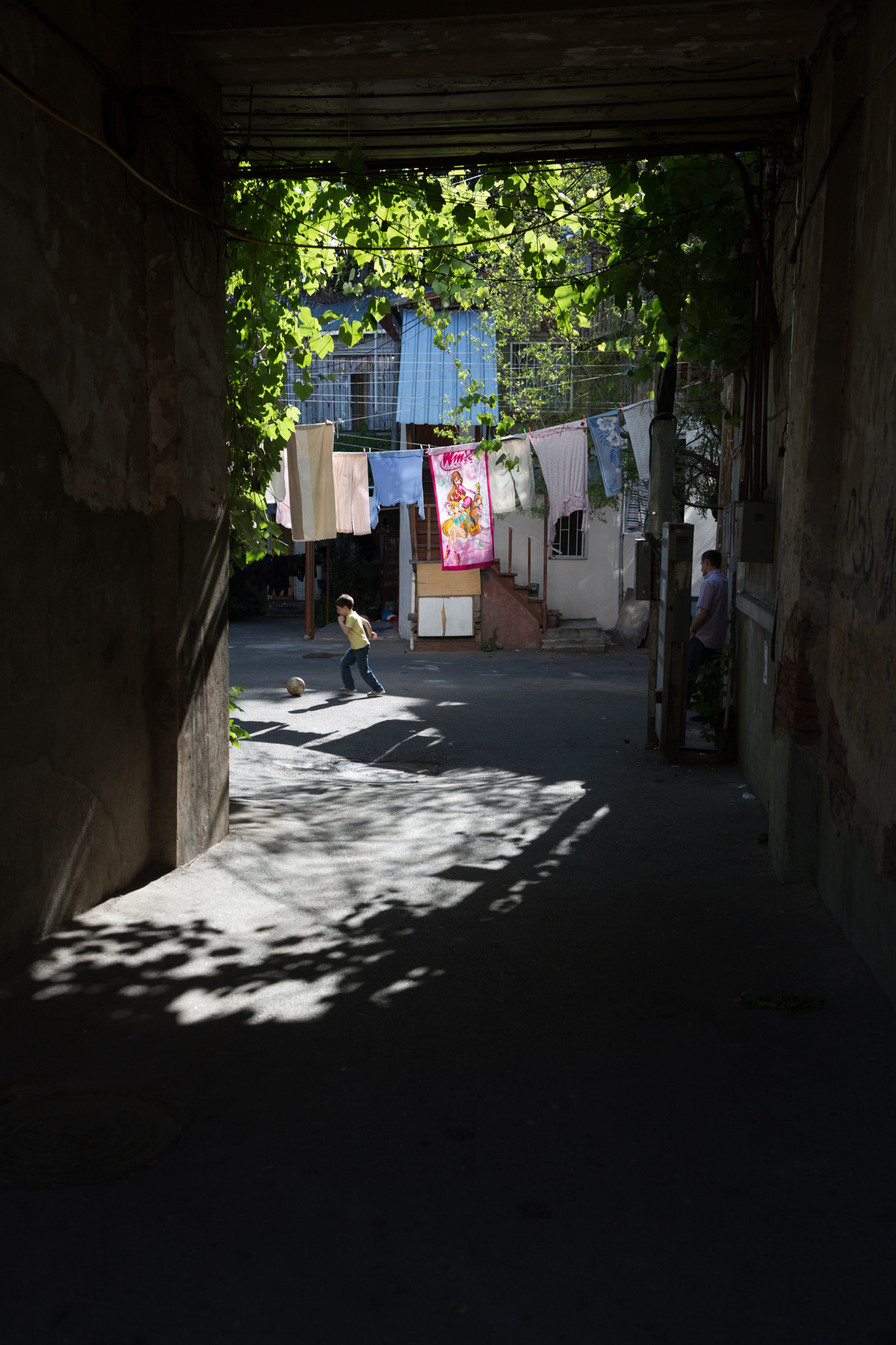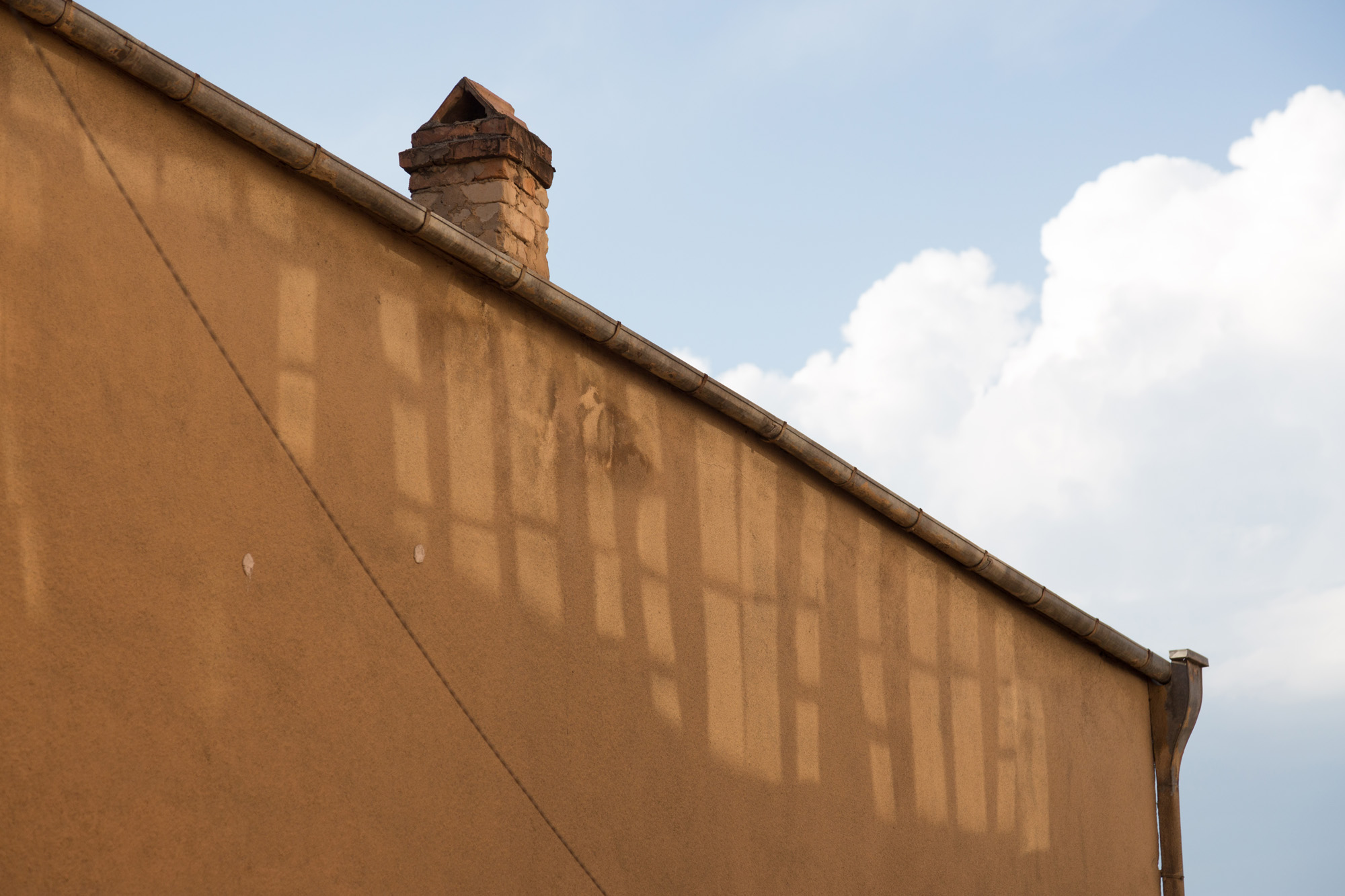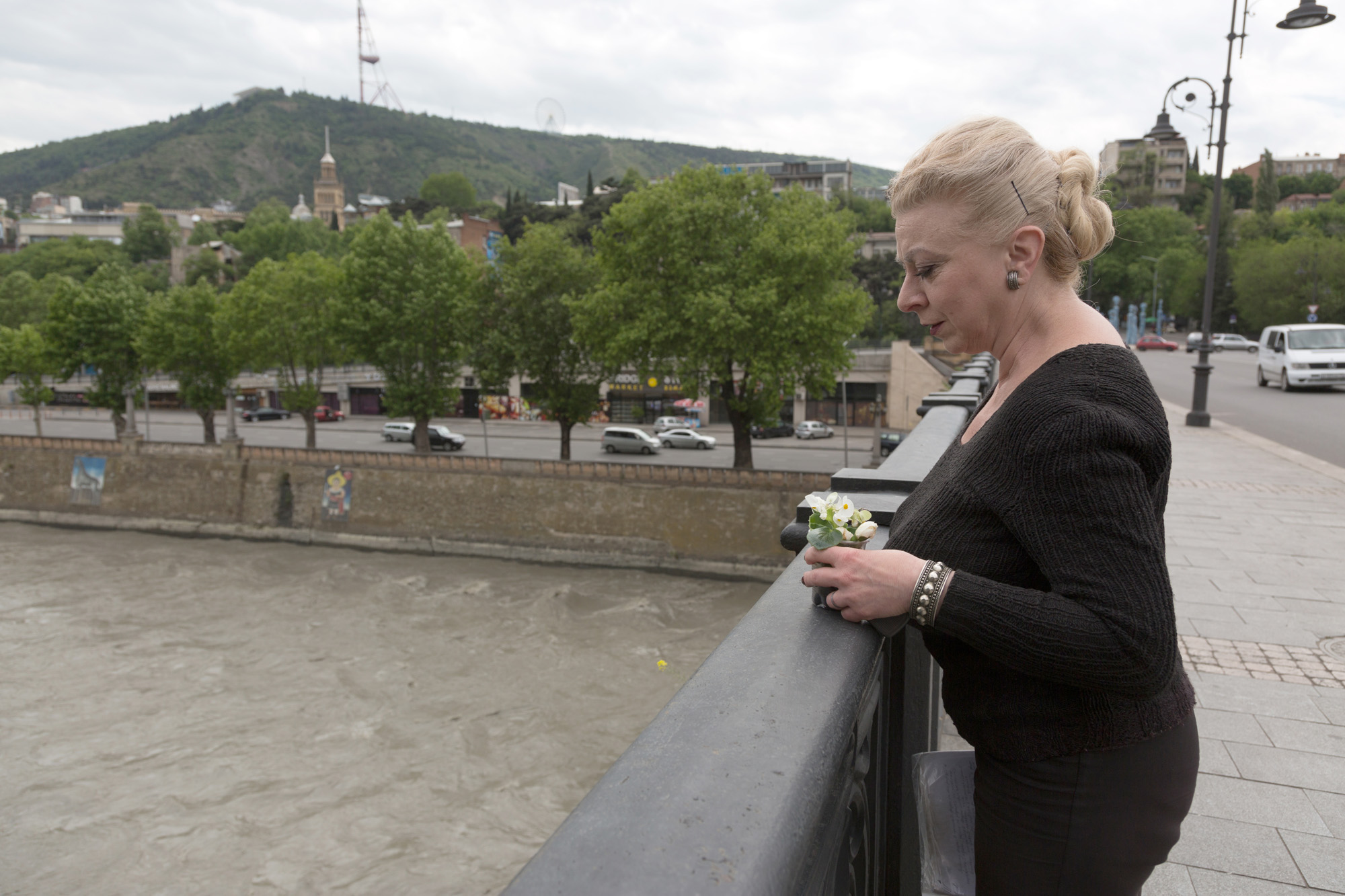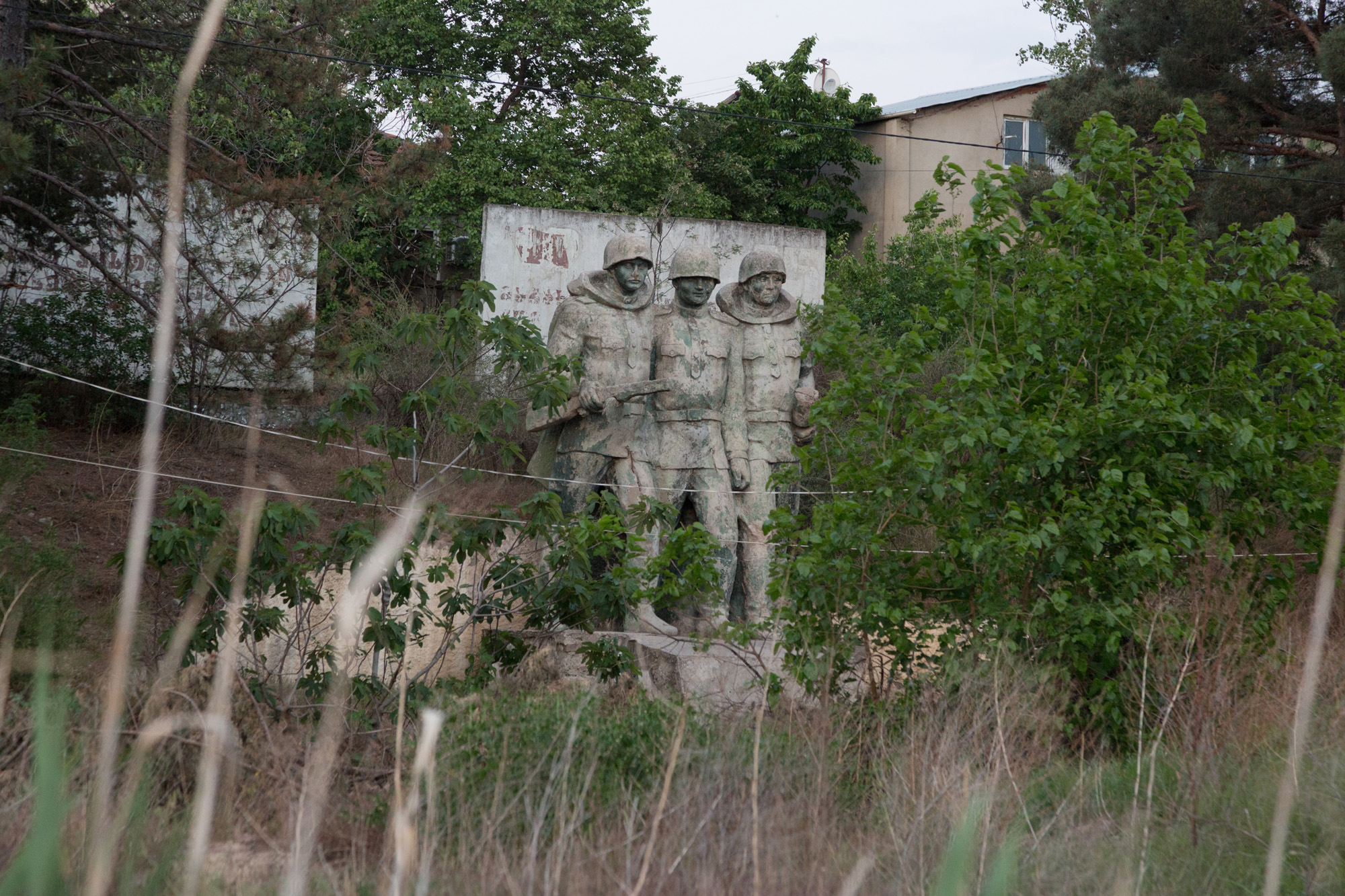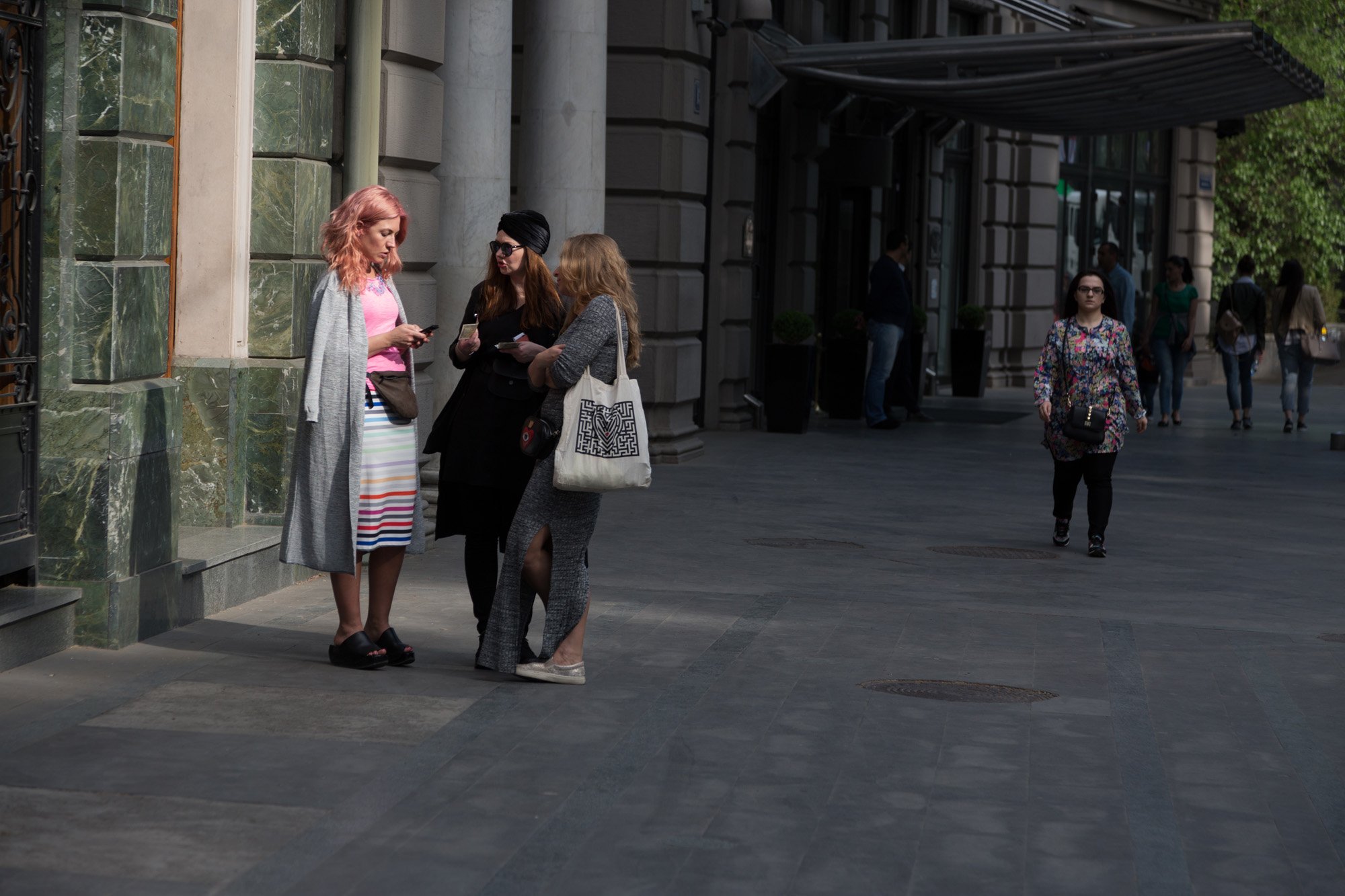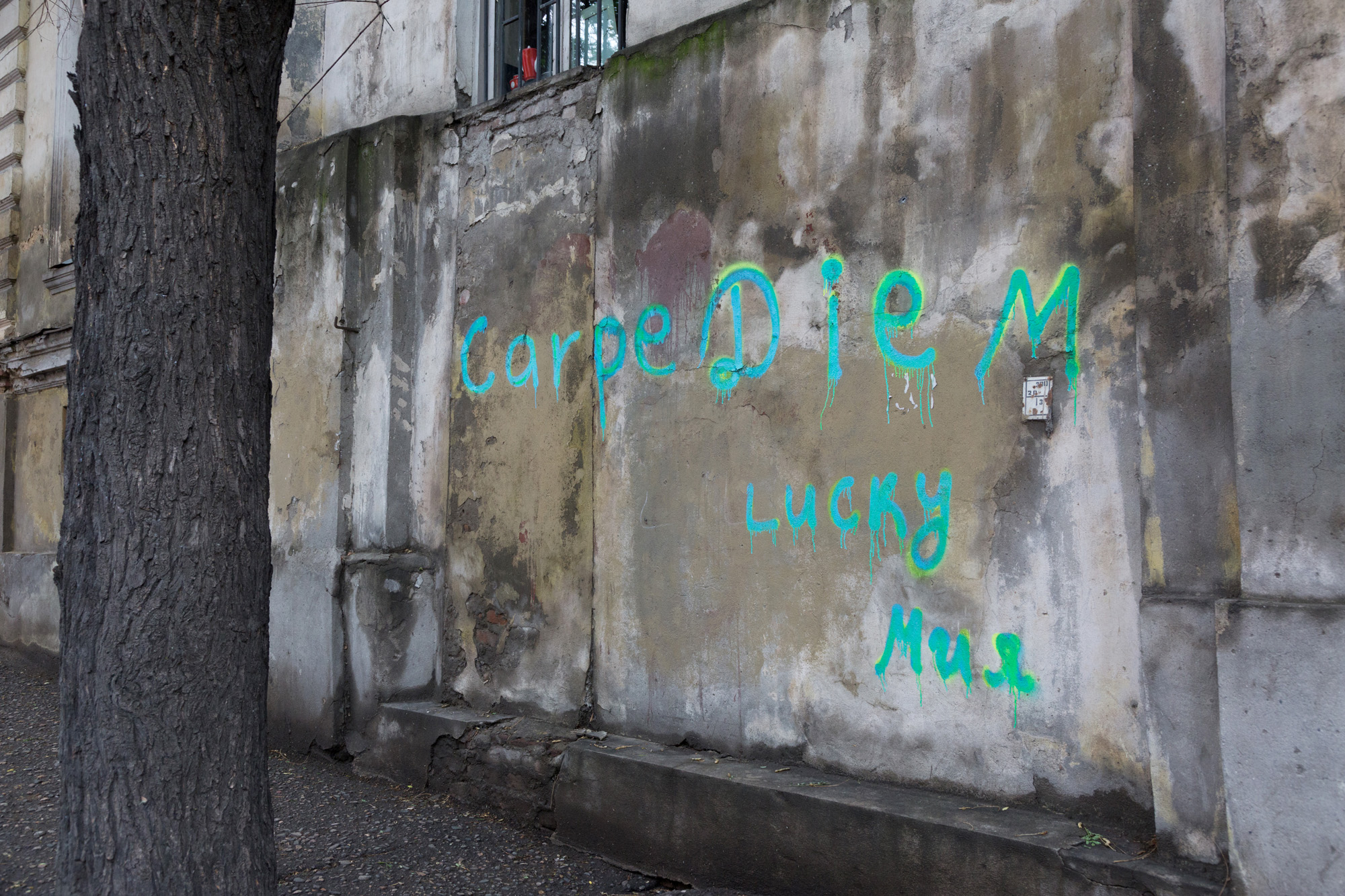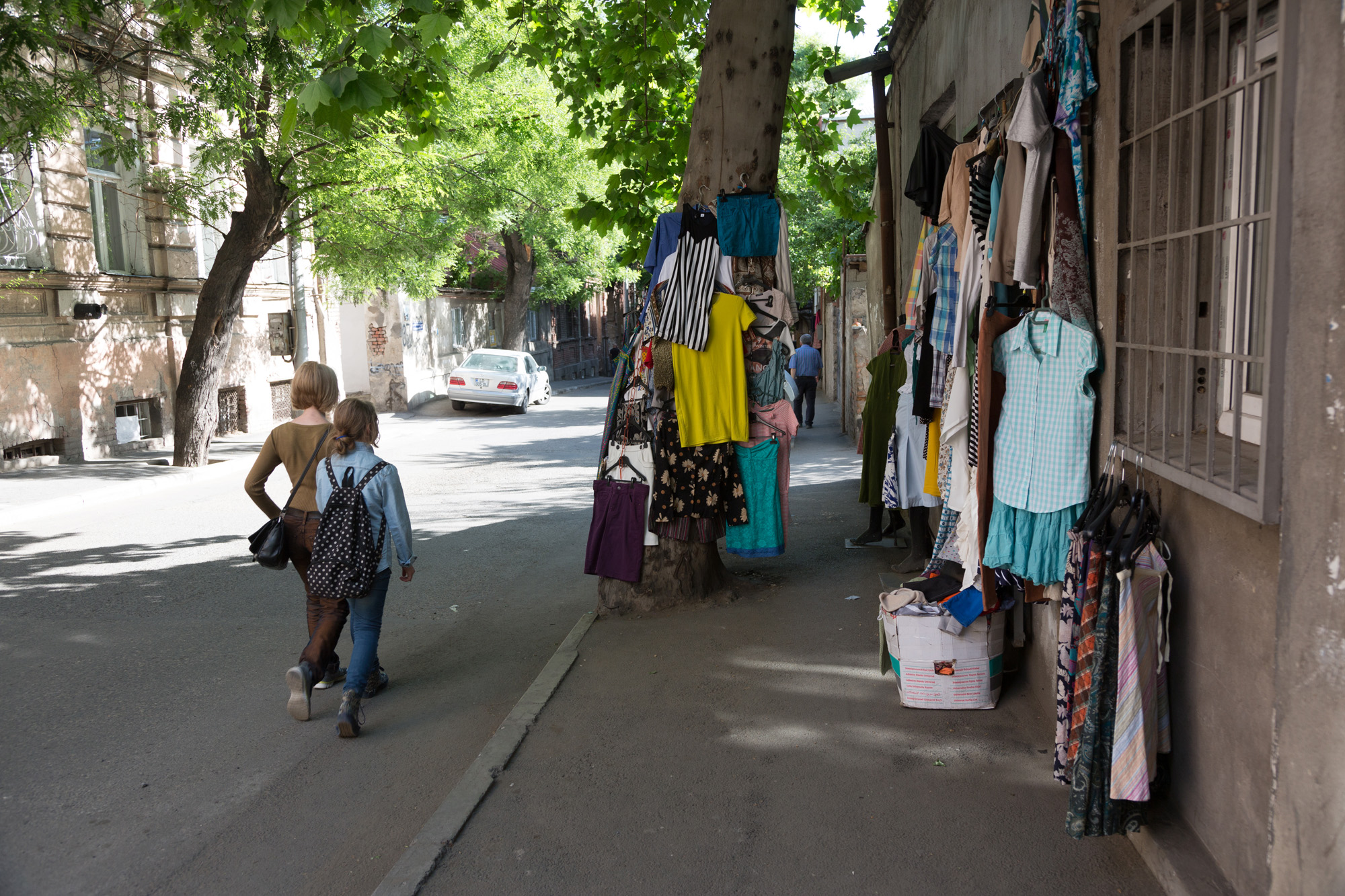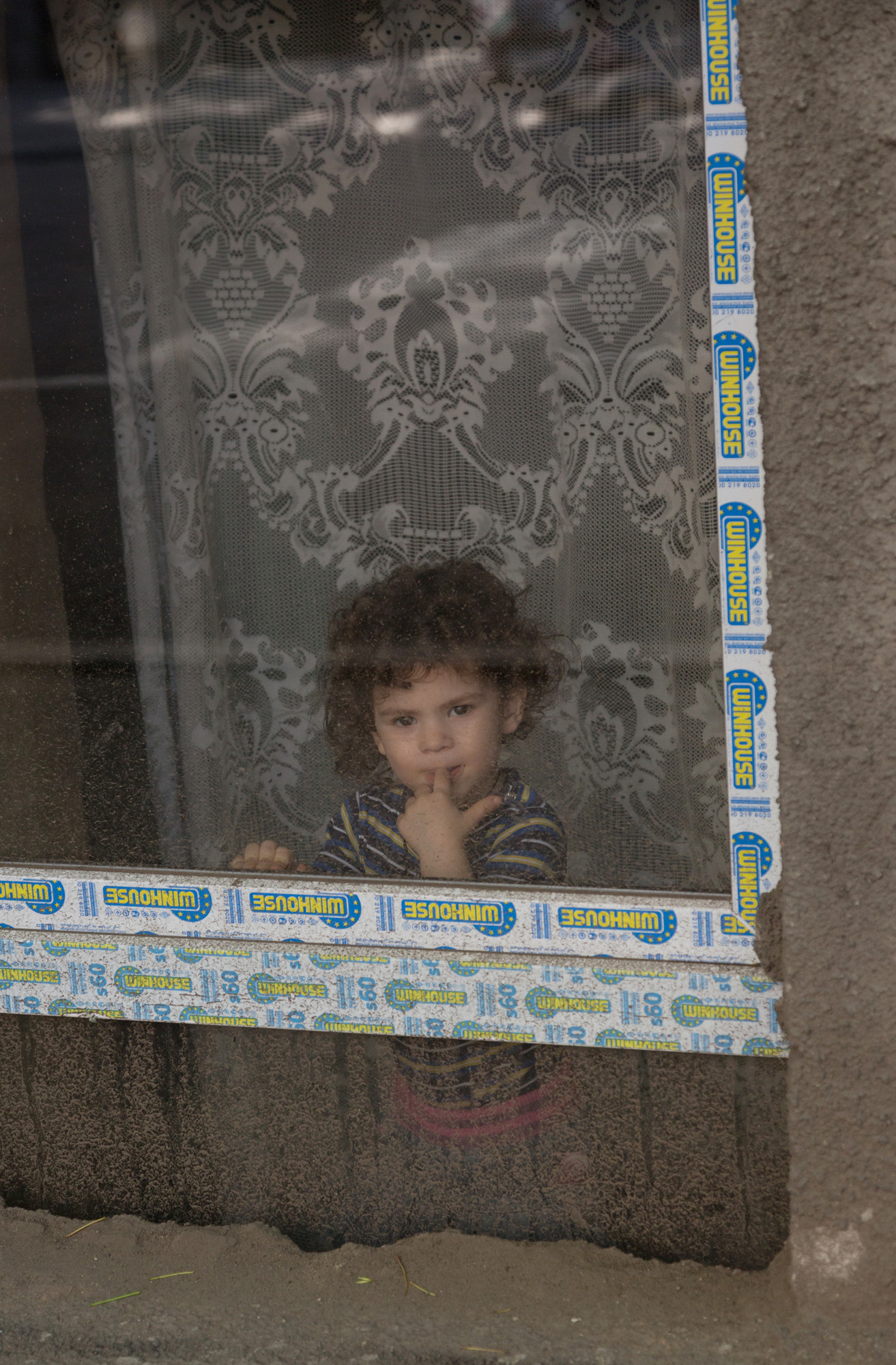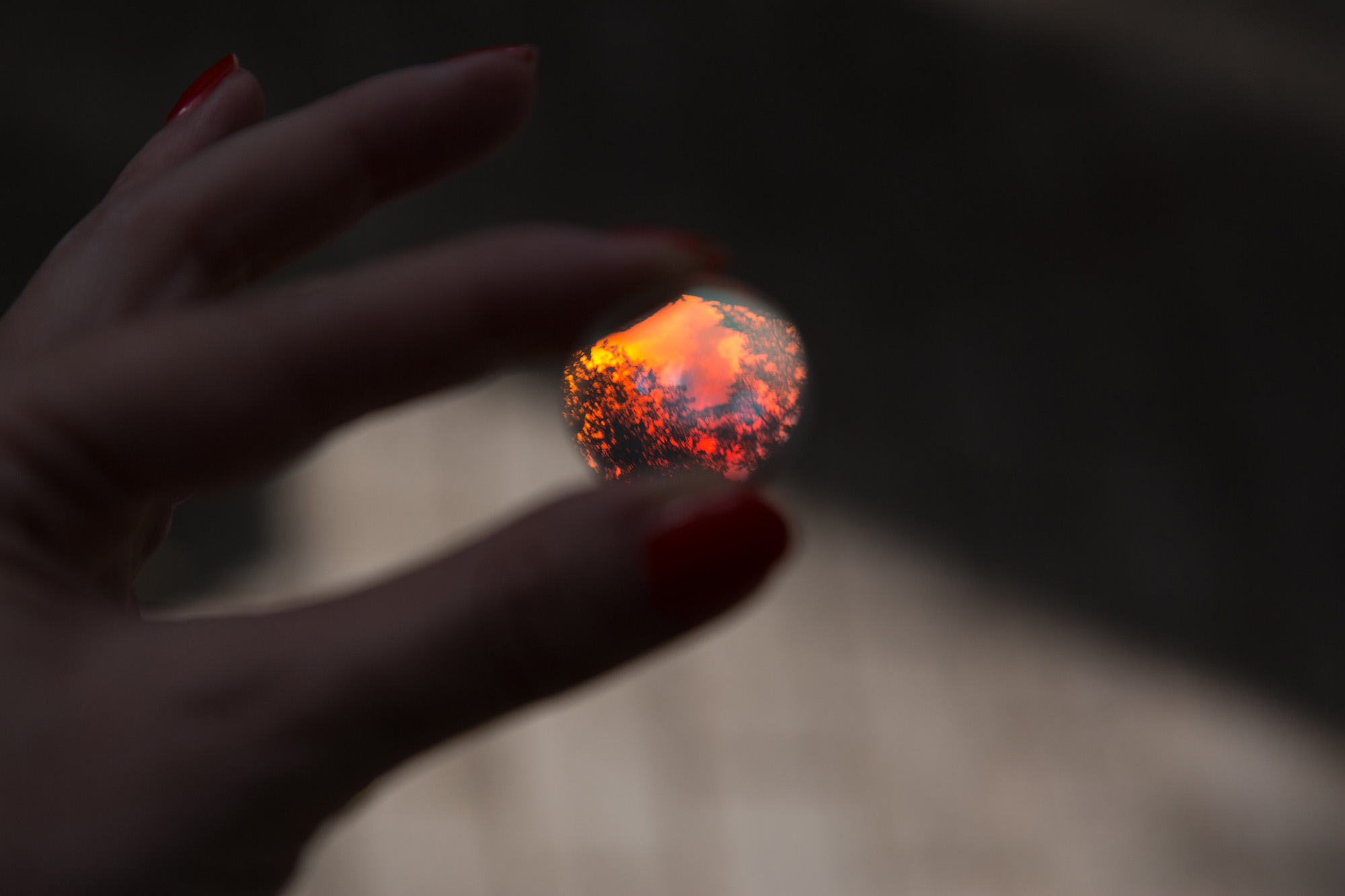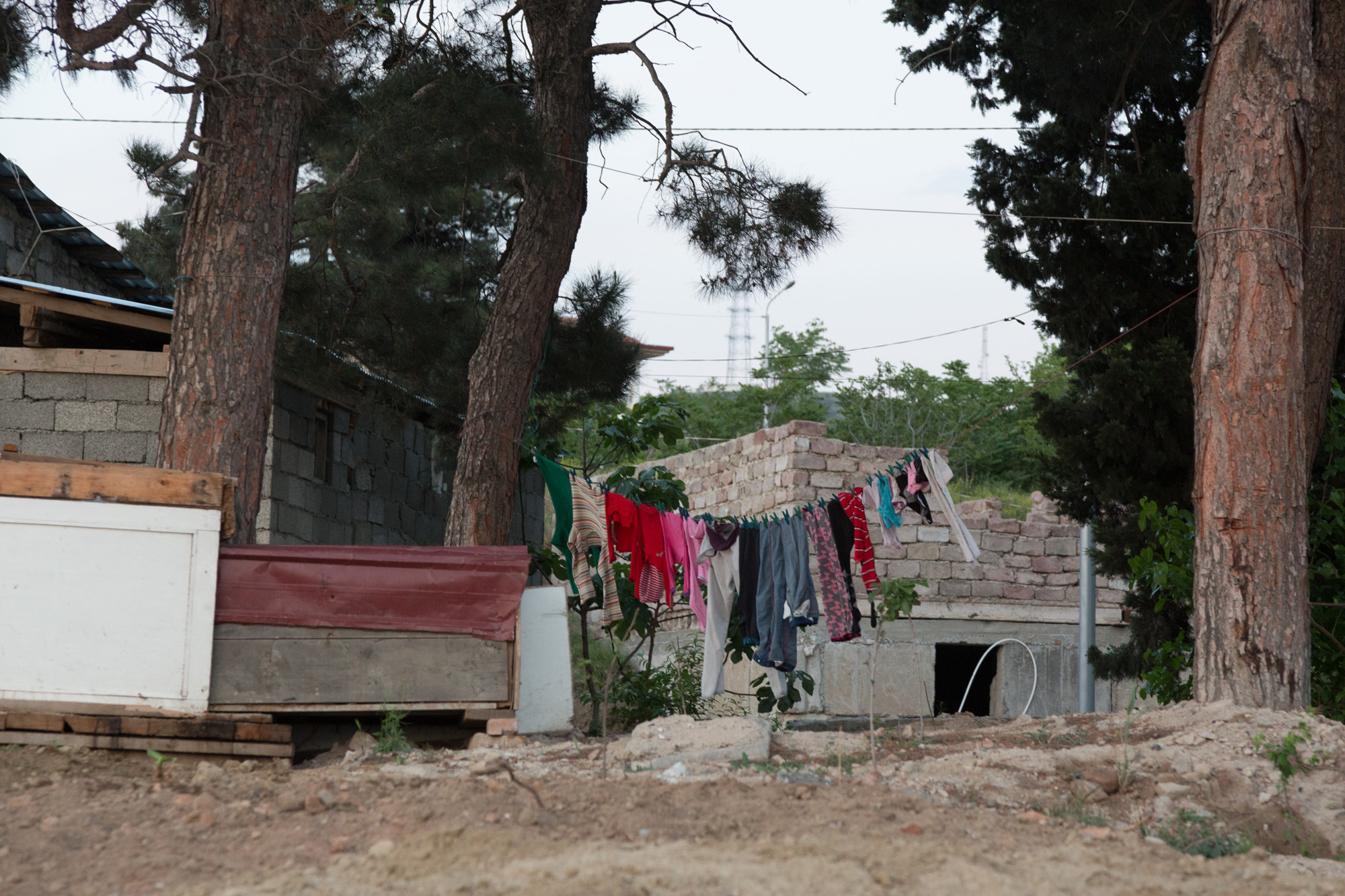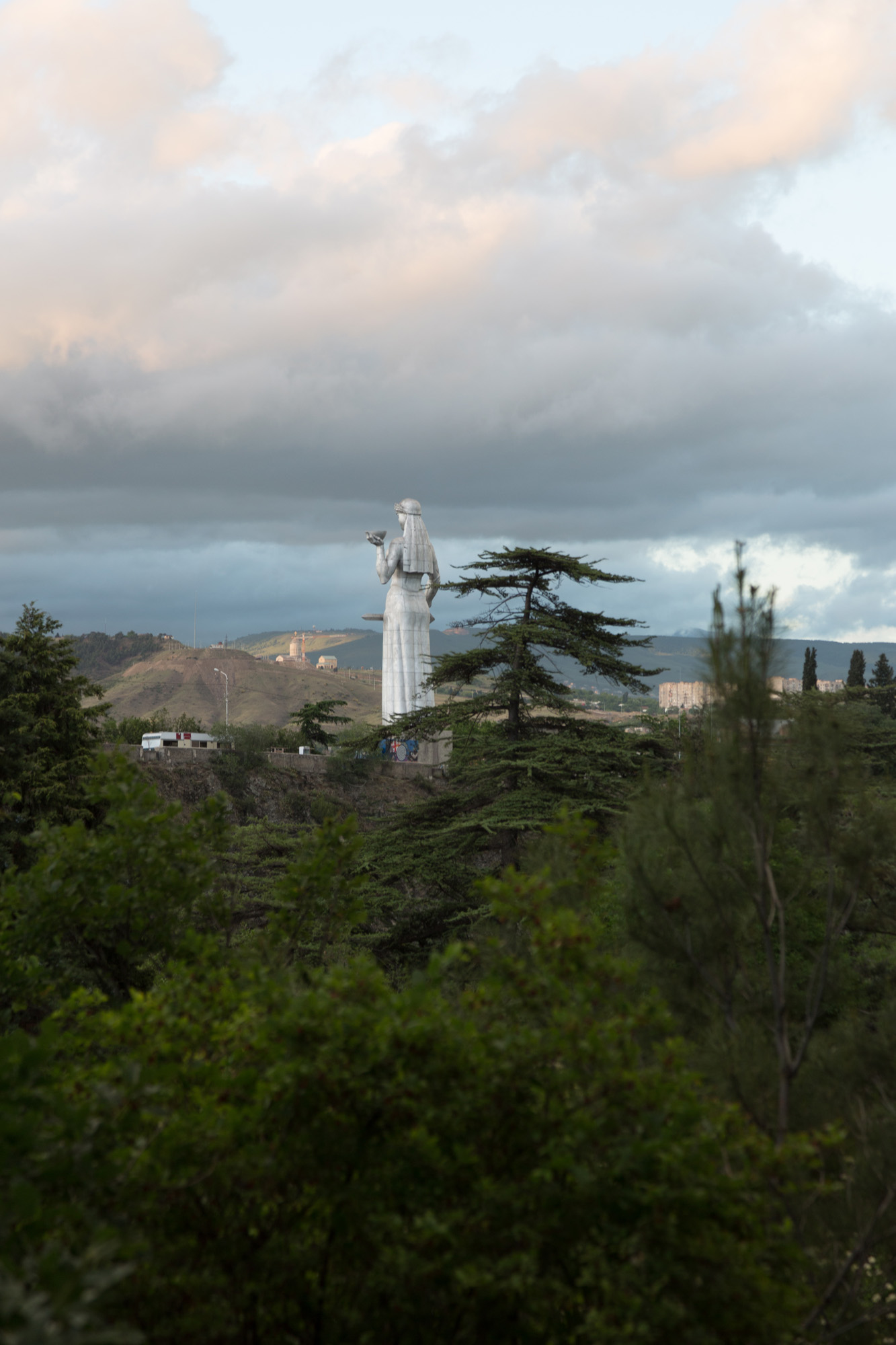TBILISI – A MILLION LITTLE PIECES
The capital of Georgia, home to one million people has a long history. According to legend it dates back to 458 AD when Vakhtang I. Gorgasal, King of Iberia, was hunting in the woods and one of his falcon caught a pheasant. The injured bird fell into one of the hot springs in the area and was instantly healed. The king was so impressed that he built a town on this spot and called it ‘Tbilisi’: Place of the hot springs.
Since then, however, the town has faced many invasions, each of which has left some pieces of their own culture behind. Today there remain fragments from Mongol, Iranian and Russian domination as well as fiercly modern international architecture, all together creating a unique tapestry of Georgianness, which is truly unique and wonderful.
Tbilisi seems to be where worlds come to meet – and walking from one end of a road to the other, at times feels like crossing continents. On one end are the old ladies with flowery headscarves selling candles, hand picked flowers, plants in margarine pots, pieces of cheese and knick-knacks by the side of the road – and on the other side are the shiny high rises, McDonalds and metro stations. What connects the two is a sincere religiousness, which weaves its way into the everyday and people from both sides meet in the church, where they will light a quick candle or say a quick prayer.
Tbilisi is an old city and a young city, it is a city of history and a city of contemporary art. It is a city where a little magic hides behind many a corner. It is a city of a million little pieces.





